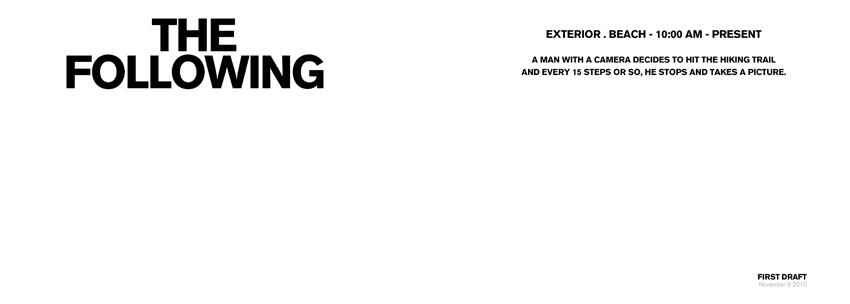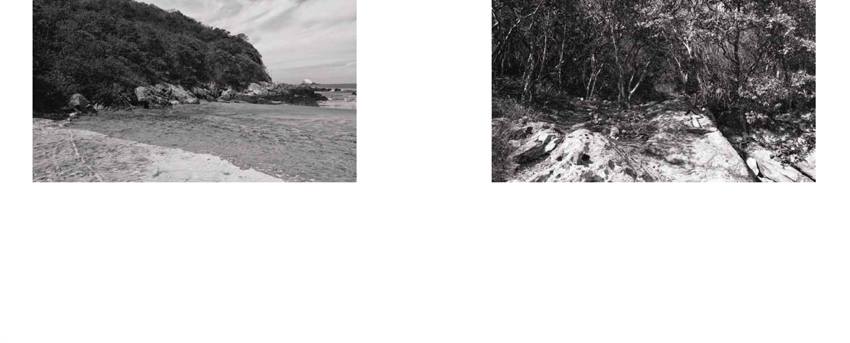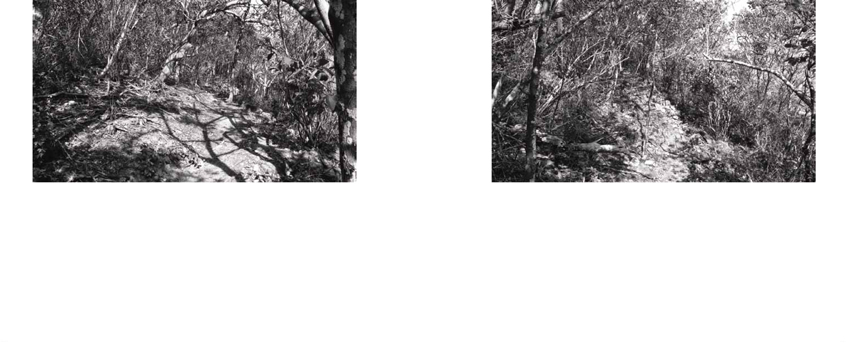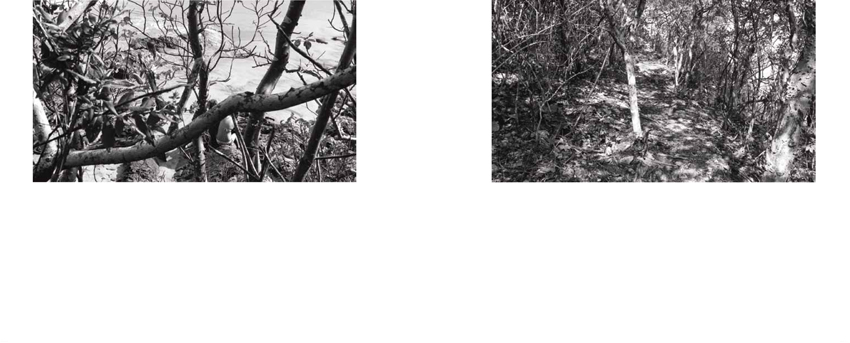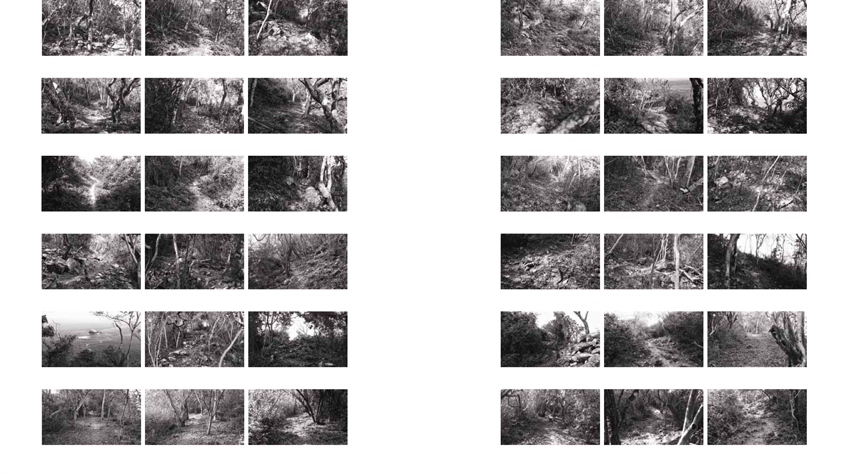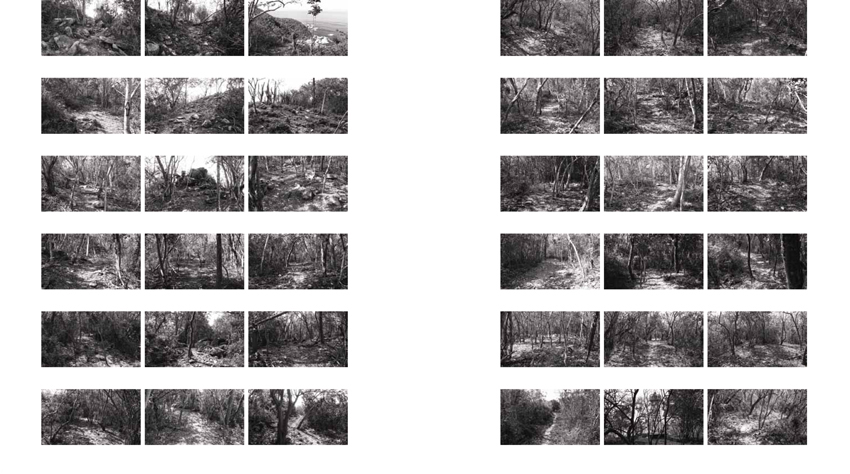Artist Project: The Mexican Suitcase, Enrique Santos
To Catch a Thief / Para Atrapar a un Ladrón
The Mexican Suitcase is the result of more than three years of work by the Mexican-based Argentinian artist, Enrique Santos. This artist book could be, amongst other things, a ‘catalogue’ of an apocryphal exhibition that is not meant to be, one that from its very beginning proposes a reverse path to that already established —first the book, and then? Ever since this basic wink (not to mention that the title itself is an appropriation) Enrique Santos’ work addresses the idea of “robbery.” Using diverse languages and tools (photography, collage, video, sculpture, film, installations) the artist reflects upon the contemporary artistic works in a sociocultural and political environment of violence in which we find ourselves immersed. Robbery as a metaphor of appropriation and “postproduction”—in Bourriaud’s definition of the word—as an element specific of an artistic way of producing, that is loaded with intertextuality, reference, discourse and images that roam our daily lives.
Currently, we find ourselves going through a historical moment, defined by the larger number of cultural alternatives and proliferation of cultural objects: “trapped inside a chaotic mass of objects, the creator recycles, transforms, and takes hold of the signs that surround him,” says Bourriaud in an interview with Humberto Beck. In this regard, the idea of postproduction indicates a reference to a tendency by a large number of artists to interpret, reproduce, re-expose and use works made by others, or cultural products readily available within our environment. It’s not about quoting, referencing or paying tribute, but rather reusing in a new way that proposes an active and creative relation with the existent. It’s the artist’s idea of “appropriationism,” that makes use of the codes of culture, of the day-to-day formalizations, of the entire world’s heritage, and redesigns them and makes them work in a more specific way, according to specific senses.
Thus, Santos’ work turns towards culture, cinema, advertising, journalism, art, and everything around us, as a toolbox with which to “use” the world and create complex meanings. At the same time, appropriations are translated by Santos through a mixing of tools, genres and artistic disciplines that, through this transition, gain a new meaning: a film scene becomes a sculpture, a still image or a text; a picture becomes a painting; fixed images become a film; court records become works of art, and even the artist himself becomes a thief. This selection of cultural objects and their insertion into specific contexts is essential to the reading and interpretation of Enrique Santos’ work.
Santos’ work is a way of thinking about how contemporary art is produced, and at the same time it talks about the gaze, the interpretation of he/she who observes, the understanding and production that comes with every look. It reflects upon a single active spectator, who builds a discourse, appropriates all meanings and elaborates on them according to his life story, and his social, cultural and emotional capital. That gaze has a filter through which history is interpreted. It talks about and with the viewer without underestimating his capacity for understanding. From the very beginning, the book presents a relationship of shared complicity, discourse, codes and understandings, but demands a lucid and imaginative perspective.
Retaking film, journalistic, documentary and advertising language, Santos quotes and reinterprets the great thieves of the screen and some real criminals, in order to talk about lies, confusions, myths and misunderstandings, as well as an ever more violent and heartbreaking reality that crawls into our lives through trivialized and shallow images.
Florencia Magaril Alterman, 2012.
Florencia Magaril Alterman is an educational curator and cultural journalist who specializes in Communications and Cultural Management at the National University of Cordoba, Argentina. Magaril Alterman coordinated the educational project “Opened Study of the Art Museum Carrillo Gil,” México City (2010-2011). Since 2007 she has been an editor for Dictionary: Magazine of letters, an independent art and culture publication based in Argentina. She worked as a co-director for the annual “Third and Fourth Edition: Contemporary Editions Forum” at the Art Museum Carrillo Gil in México City. In 2010 and 2011 Magaril Alterman curated the MX Editions stand at the New York Art Books Fair, MoMA PS1. She was the chief editor of the publication Mental Movies México (2011) a multidisciplinary project that assembles cinema, art and music. Magaril Alterman directed workshops on art and education, edition and curatorships in Mexico (Gymnasium of Art and Culture) and Argentina (Spain Cultural Center in Cordoba, Muta, Multidisciplinary Space). Magaril Alterman’s current project is “Formative experiences in contemporary art museums” while she is completing her master’s thesis in Communication and Culture. She also writes for he Fanzine, City X, Deodoro, amongst other independent magazines.
Tags: Journal